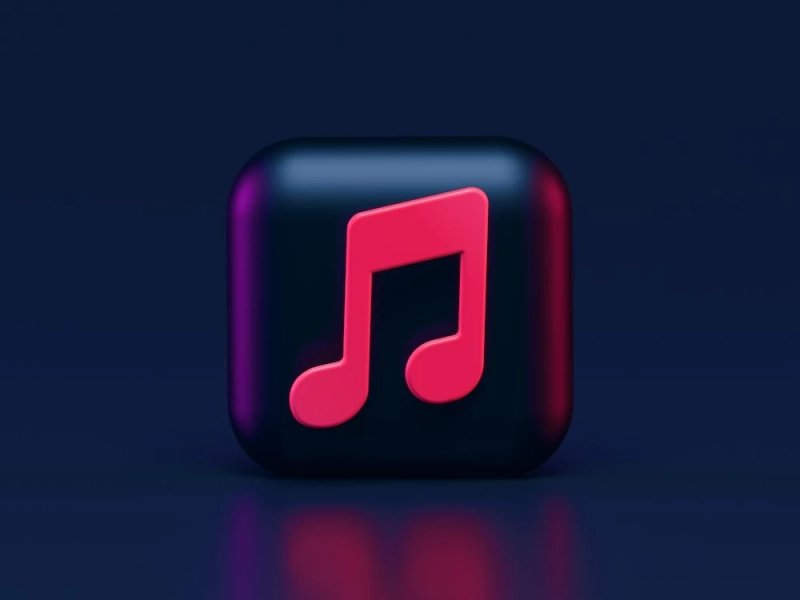The most popular type of poetry in Urdu and Persian is called a ghazal, which is also well-known as a type of music. The ghazal was created in Arabia in the seventh century, and Iranian poets like Rumi and Hafiz helped it become well-known in the 13th and 14th centuries. Ghazals were initially created in the seventeenth century by Indian poets in both Urdu and Persian.
The Arabic word ghazal, which means "talking to a beautiful young lady," is the root of the poem's name. Many centuries before Islam was established, the ghazal was developed in Arabia. The three-part Arabic panegyric qaseeda, which also contained a naseeb, a raheel, and any standard type of poetry, is where it derives from. The first part of the qaseeda, the naseeb, focused on themes of nostalgia, desire, and longing. The theme of the raheel was the loneliness and seclusion of contemporary existence. The third section of the qaseeda discussed the pride in one's king. tribe and morals.
It broke out from the qaseeda and evolved into a separate and important poetry style during the Umayyad Caliphate (661–750), the second of the four great Arab caliphates established after the death of Prophet Muhammad PBUH. The Abbasid Caliphate (750–1258), the third of four great Arab caliphates, witnessed a steady rise in ghazals.
Courtly love (udhari), sexual love (hissi), homoerotic love (mudhahakkar), and beginning couplets for diverse literary genres were the four main topics of early ghazals (tamhidi).
The ghazal was introduced to Persia during the Abbasid dynasty and started to develop popularity among individuals who spoke Persian. The emergence of Sufism played a key role in the development of the ghazal into the most important Persian literary genre by the 13th century. Romantic love and longing were frequently replaced by love for the creator and a desire to be connected to the holy. The ghazal was sent to India at the same time. Ameer Khusrau was one of the first South Asian poets to produce and spread ghazals. Wali Muhammad Wali Deccani was the first known poet to create ghazals in the Urdu language and compile a diwan (collection) of Urdu ghazals.
A ghazal Singer is composed of couplets, each of which is referred to as a sher. There can be any number of couplets in a ghazal, but often there are between five and fifteen. In the original Arabic ghazal, the couplets were connected to one another.
Ghazal has always and will always be primarily about love, or Ishq. Ishq-e-Haqeeqi, or divine love, and Ishq-e-Majazi, or worldly love, are the two main subcategories of this. The line separating the two types of love is frequently hazy and up to reader interpretation.
The sher (plural ashar) or couplet is the fundamental building block of a ghazal. Each of the two lines that make up a couplet is referred to as the misra. Misra-e-oola refers to the first line of a couplet, and misra-e-sani to the second. Both misras in the initial couplet of the ghazal and the last word(s) of each misra-e-sani couplet are identical. It's called the radeef.


